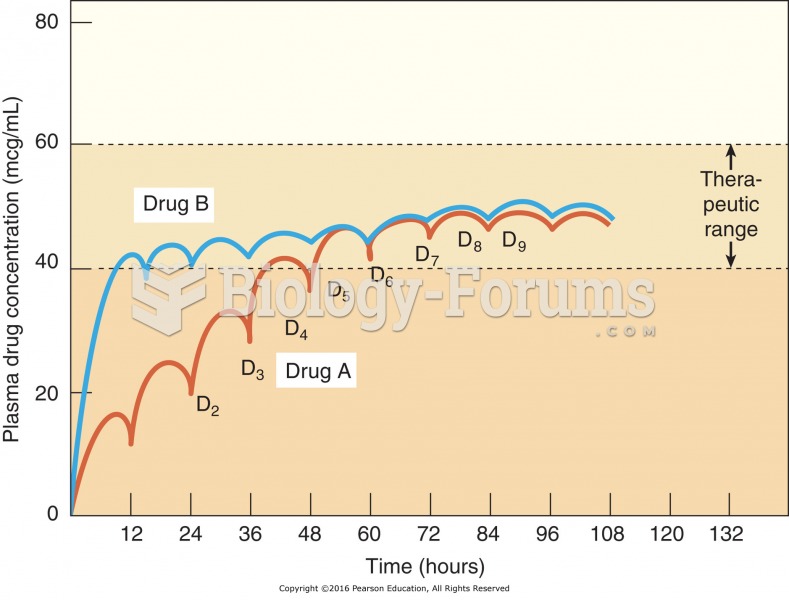Answer to Question 1
Correct Answer: 1
Rationale 1: The nurse should suspect CPD when labor is prolonged, cervical dilatation and effacement are slow, and engagement of the presenting part is delayed.
Rationale 2: A prolapsed cord is an umbilical cord that precedes the fetal presenting part. Fetal bradycardia is a critical indicator of prolapsed cord. This patient is demsontrating prolonged labor, slow cervical dilatation and effacement, and delayed engagement of the presenting fetal part, which are consistent with cephalopelvic disproportion (CPD).
Rationale 3: Placenta accreta, in which the chorionic villi attach directly to the uterine myometrium, is associated with maternal hemorrhage and failed placental separation after birth. This patient is demonstrating prolonged labor, slow cervical dilatation and effacement, and delayed engagement of the presenting fetal part, which are consistent with cephalopelvic disproportion (CPD).
Rationale 4: The occiput anterior (OA) fetal position is amenable to delivery and would not represent a barrier to labor. This patient is demonstrating prolonged labor, slow cervical dilatation and effacement, and delayed engagement of the presenting fetal part, which are consistent with cephalopelvic disproportion (CPD).
Answer to Question 2
Correct Answer: 4
Rationale 1: Placenta accreta occurs when the chorionic villi attach directly to the uterine myometrium. The major complications of placenta accreta include maternal hemorrhage and failure of the placenta to separate following birth of the infant. Signs and symptoms of amniotic fluid embolus include chest pain, dyspnea, tachycardia, hypotension, and cyanosis.
Rationale 2: This patient's symptoms have a severe, sudden onset that is consistent with amniotic fluid embolus. Signs and symptoms of amniotic fluid embolus include chest pain, dyspnea, tachycardia, hypotension, and cyanosis.
Rationale 3: The patient is hypotensive and is demonstrating signs and symptoms that are consistent with amniotic fluid embolus, including chest pain, dyspnea, tachycardia, hypotension and cyanosis.
Rationale 4: Signs and symptoms of amniotic fluid embolus include chest pain, dyspnea, tachycardia, hypotension, and cyanosis. The condition may progress to hemorrhage, shock, and death.







